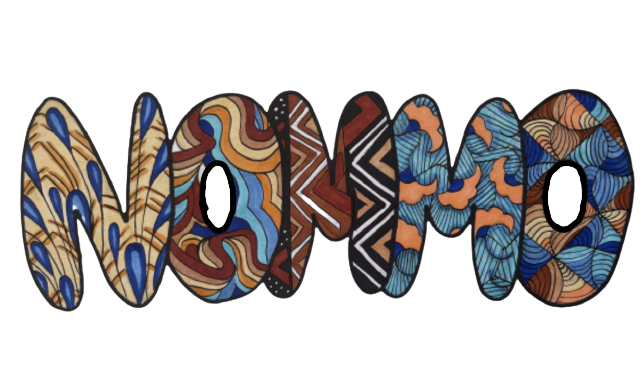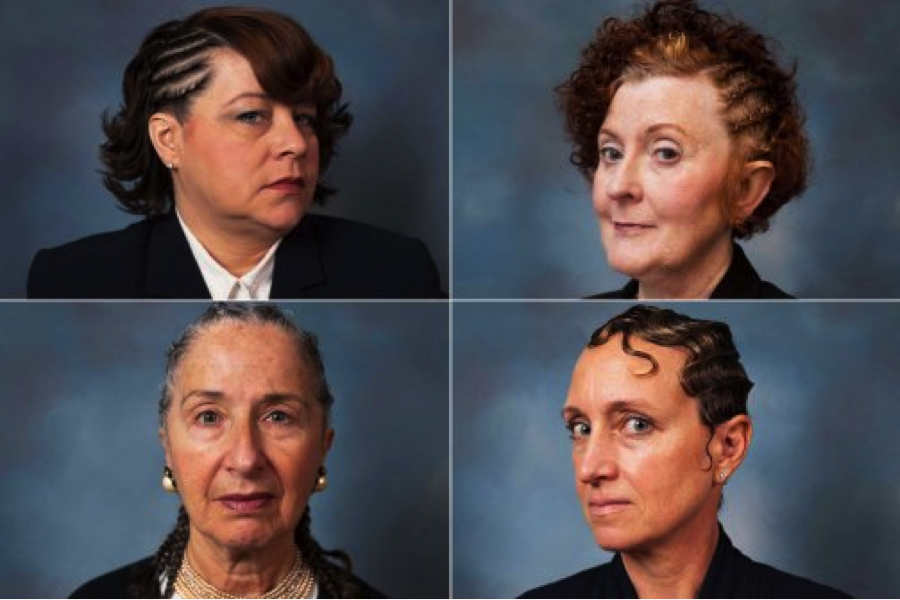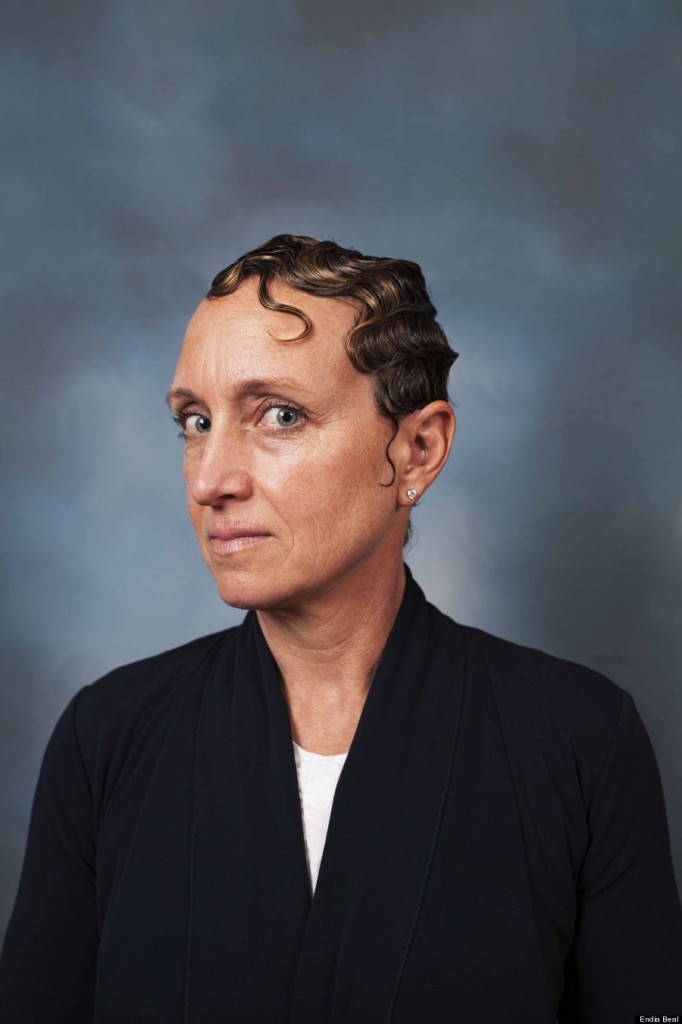I was having a conversation with a colleague when she discussed her personal experience having to own and defend thick, illustrious textured hair, otherwise known as Black hair. Many times she found that individuals who were not Black grew strongly interested in her lioness mane. And we can only expect the next question to be, “Can I touch it?” Even though Black hair is something that is healthy and versatile, the images commonly portrayed in the media depict Black hair as kinky, ugly and inferior.
Today, we find that many young Black women may have to alter certain attributes of their appearance in order to land the best job possible. In order to obtain that winning career, Black women must hide any racial signifiers that may influence their chances of any given opportunity they wish to seek. For that matter, how do we respond to others wanting to learn and understand the hair texture of African-Americans? Do we let them just touch it or do we stop it from happening right before it starts? As a community, we should think more critically about how we choose to go about making people familiar with Black hair, or at least learn the roots of it all.
According to the Huffington Post, Endia Beal, a young Black female photographer gathered a group of middle-aged White women living in Woodstock, New York. Beal invites them to receive a treatment at a Black hair salon where they would get new “Black” hairdos in order to get their portrait taken. Beal captures images of White corporate women in cornrows and “finger waves,” in order to begin a conversation about race and women in the workplace.
Beal recalls her experience commenting, “I said, ‘I am going to give you a Black hairstyle,’ and they were like, ‘You’re going to give me cornrows?’ And I said, ‘No, we’re going to do finger waves.’ ‘Finger waves? What’s that? You mean from the ’20s?’ And I said, ‘These are a little bit different type of finger waves!’”
Slate.com reveals that Beal is an artist looking to open a dialogue among people of different gender, race and generations about the ways in which we express ourselves, specifically in a corporate environment. However, a more analytical perception of Beal’s artwork may presume the question as to how these images may have been viewed inherently different if those women portrayed were Black? How do we make sense of Beal’s portrayal of Black hair in the corporate world? Is Black hair continuing to be ostracized in the social arena or is it becoming more accepted by today’s society?
Author: Ashley Joseph
Nommo Staff


